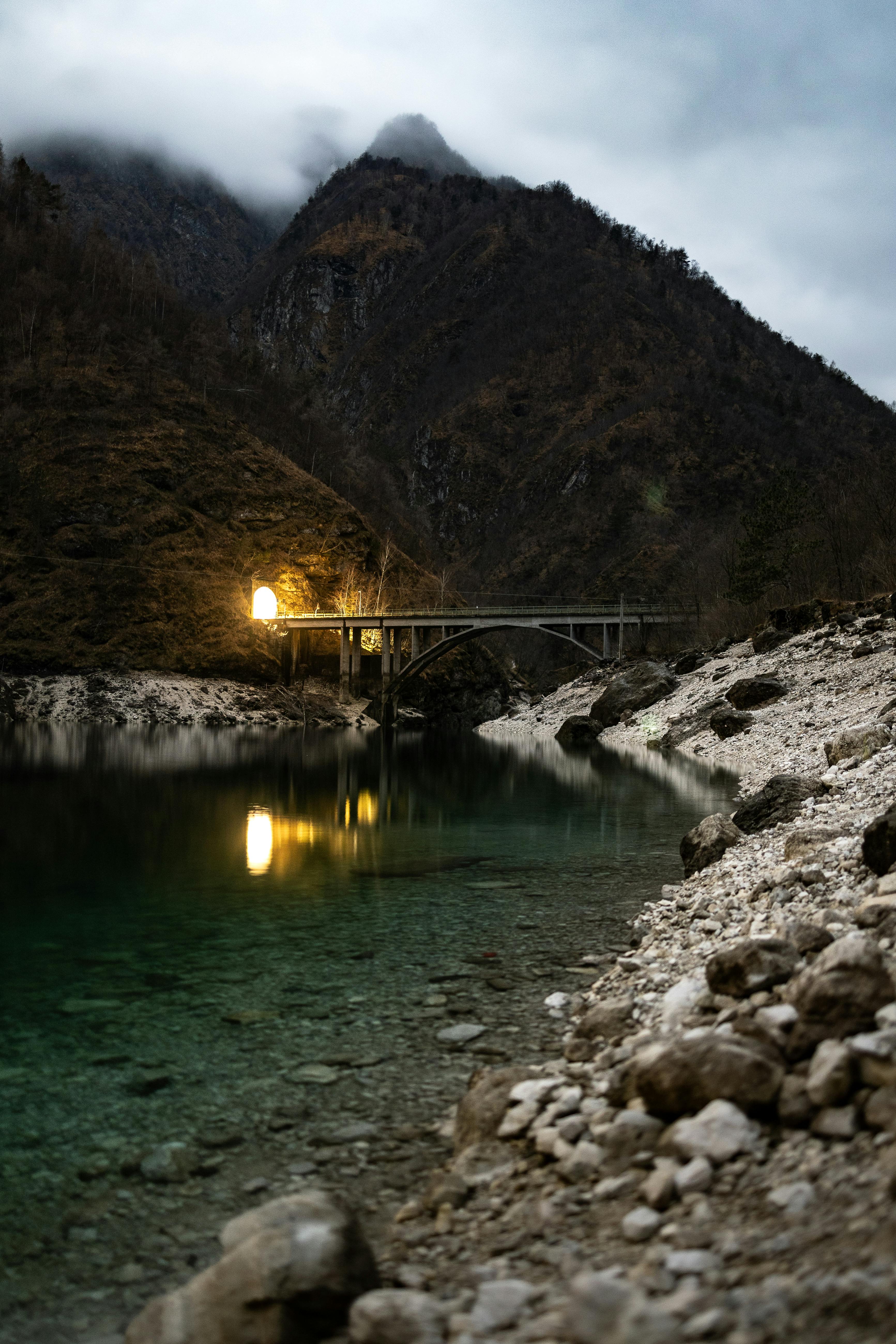
Frequently Asked Questions
Everything you need to know about our travel experiences
We've compiled a list of the most common questions we receive from travelers. If you don't find your answer here, please feel free to contact us directly.
Health & Safety
How do you prevent and treat altitude sickness during high-altitude treks?
Altitude sickness, also known as Acute Mountain Sickness (AMS), is a common concern for trekkers in the Himalayas. Here’s how we approach prevention and treatment:
Prevention Strategies
- Gradual Ascent: Our itineraries are carefully designed to include proper acclimatization days. We follow the principle of “climb high, sleep low” and limit daily altitude gain to 300-500 meters above 3,000m.
- Hydration: We emphasize drinking 3-4 liters of water daily at altitude to combat the increased water loss from dry mountain air and heavier breathing.
- Proper Nutrition: Carbohydrate-rich diets (60-70% of caloric intake) help manage the increased metabolic demands at altitude.
- Prophylactic Medication: While not mandatory, some trekkers opt for Diamox (Acetazolamide) under a doctor’s guidance to help acclimatization.
- Rest Days: Our treks include strategic rest days at critical elevation thresholds to allow your body to adjust.
Recognizing Symptoms
We train all our guides to recognize symptoms of altitude sickness:
- Mild AMS: Headache, nausea, dizziness, fatigue, loss of appetite, disturbed sleep
- Moderate AMS: Severe headache, increased nausea/vomiting, marked fatigue, shortness of breath
- Severe AMS/HACE/HAPE: Confusion, ataxia (loss of coordination), severe shortness of breath, productive cough, extreme fatigue, blue lips
Treatment Protocol
Our response depends on severity:
- Mild Symptoms: Stop ascent, rest, hydrate, and monitor. Simple pain relievers for headaches.
- Persistent or Worsening Symptoms: Begin immediate descent of at least 500-1000m. Administer oxygen if available. All our high-altitude treks carry emergency oxygen supplies.
- Severe Symptoms: Immediate evacuation to lower altitude. We maintain emergency evacuation protocols for all high-altitude routes.
Our Precautions
All OFFMAP guides carry:
- Pulse oximeters to monitor oxygen saturation
- Emergency oxygen cylinders
- Portable hyperbaric bags (Gamow bags) for severe cases
- Comprehensive first aid kits including altitude medications
- Satellite communication devices for remote areas
Remember that individual susceptibility to altitude varies greatly and is not related to fitness level. Even experienced mountaineers can develop altitude sickness, which is why we take a conservative approach to all our high-altitude itineraries.
How do you prevent and treat altitude sickness during high-altitude treks?
Altitude sickness, also known as Acute Mountain Sickness (AMS), is a common concern for trekkers in the Himalayas. Here’s how we approach prevention and treatment:
Prevention Strategies
-
Gradual Ascent: Our itineraries are carefully designed to include proper acclimatization days. We follow the principle of “climb high, sleep low” and limit daily altitude gain to 300-500 meters above 3,000m.
-
Hydration: We emphasize drinking 3-4 liters of water daily at altitude to combat the increased water loss from dry mountain air and heavier breathing.
-
Proper Nutrition: Carbohydrate-rich diets (60-70% of caloric intake) help manage the increased metabolic demands at altitude.
-
Prophylactic Medication: While not mandatory, some trekkers opt for Diamox (Acetazolamide) under a doctor’s guidance to help acclimatization.
-
Rest Days: Our treks include strategic rest days at critical elevation thresholds to allow your body to adjust.
Recognizing Symptoms
We train all our guides to recognize symptoms of altitude sickness:
- Mild AMS: Headache, nausea, dizziness, fatigue, loss of appetite, disturbed sleep
- Moderate AMS: Severe headache, increased nausea/vomiting, marked fatigue, shortness of breath
- Severe AMS/HACE/HAPE: Confusion, ataxia (loss of coordination), severe shortness of breath, productive cough, extreme fatigue, blue lips
Treatment Protocol
Our response depends on severity:
-
Mild Symptoms: Stop ascent, rest, hydrate, and monitor. Simple pain relievers for headaches.
-
Persistent or Worsening Symptoms: Begin immediate descent of at least 500-1000m. Administer oxygen if available. All our high-altitude treks carry emergency oxygen supplies.
-
Severe Symptoms: Immediate evacuation to lower altitude. We maintain emergency evacuation protocols for all high-altitude routes.
Our Precautions
All OFFMAP guides carry:
- Pulse oximeters to monitor oxygen saturation
- Emergency oxygen cylinders
- Portable hyperbaric bags (Gamow bags) for severe cases
- Comprehensive first aid kits including altitude medications
- Satellite communication devices for remote areas
Remember that individual susceptibility to altitude varies greatly and is not related to fitness level. Even experienced mountaineers can develop altitude sickness, which is why we take a conservative approach to all our high-altitude itineraries.
Still have questions?
We're here to help! If you couldn't find the answer you were looking for, please reach out to our team.
Contact Us